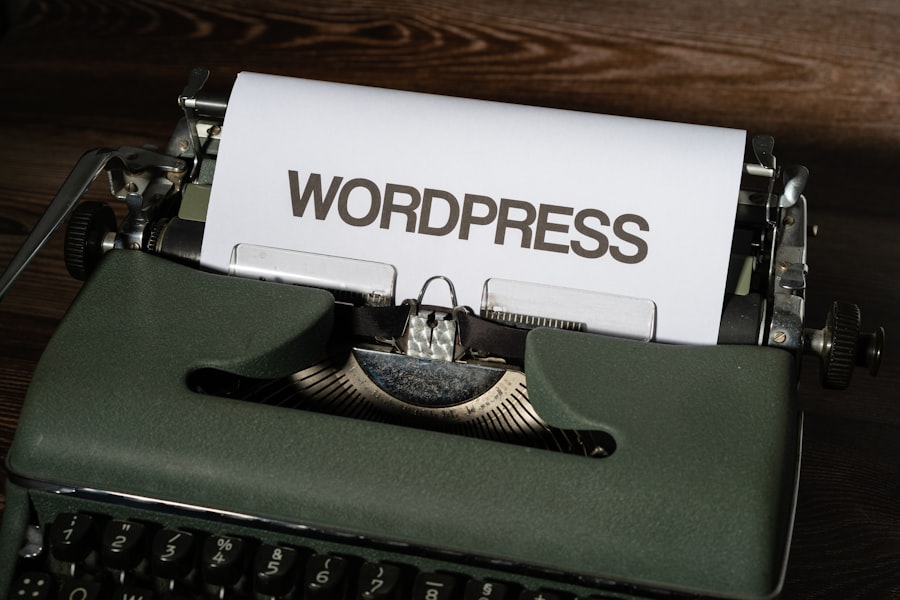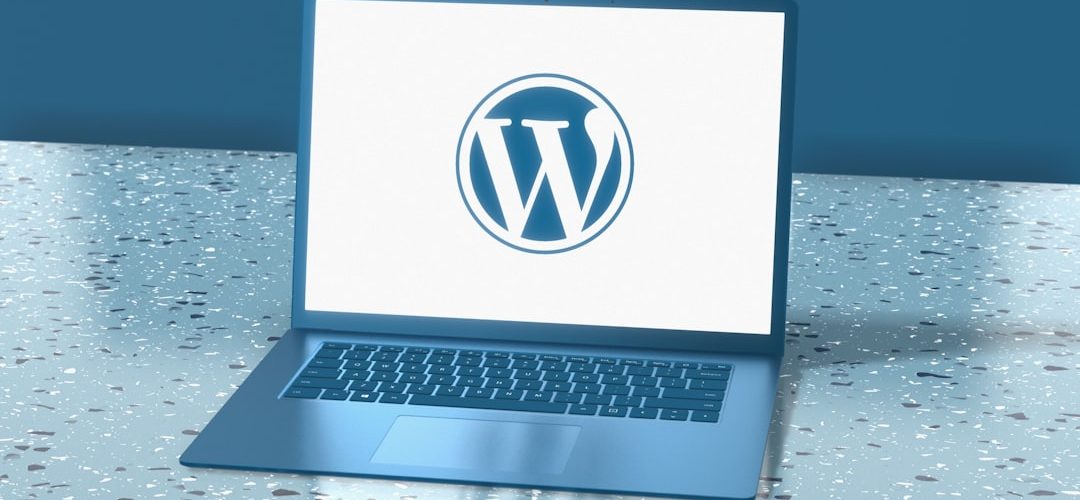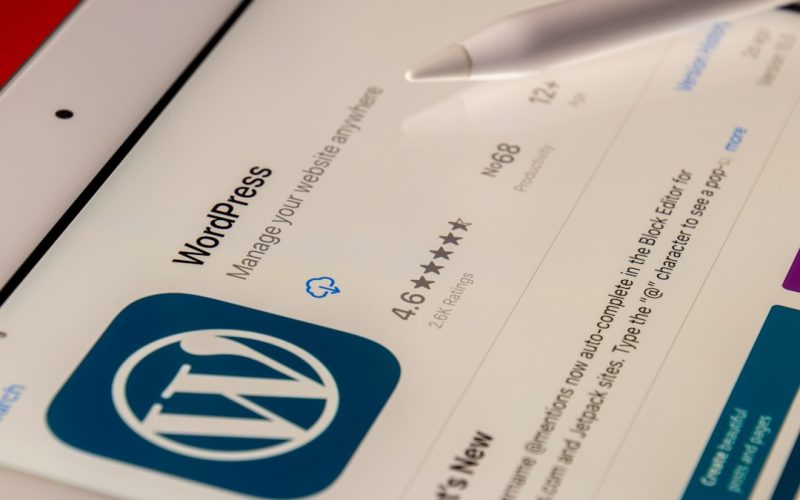When I first ventured into the world of website creation, I quickly discovered the powerful combination of Bluehost and WordPress. Bluehost is a web hosting service that has gained immense popularity, particularly among beginners and small business owners. It is officially recommended by WordPress.org, which speaks volumes about its reliability and performance.
The seamless integration between Bluehost and WordPress makes it an ideal choice for anyone looking to establish an online presence, whether for a personal blog, a portfolio, or a full-fledged e-commerce site. WordPress, on the other hand, is a content management system (CMS) that powers over 40% of all websites on the internet. Its user-friendly interface and extensive customization options allow me to create a site that truly reflects my vision.
With thousands of themes and plugins available, I can easily enhance the functionality and aesthetics of my website. Together, Bluehost and WordPress provide a robust platform that simplifies the process of building and managing a website, making it accessible even for those with little to no technical expertise.
Table of Contents
ToggleKey Takeaways
- Bluehost is a popular web hosting service that is recommended by WordPress for hosting WordPress websites.
- Creating a Bluehost account is a simple process that involves choosing a hosting plan and registering a domain name.
- Accessing the Bluehost control panel, also known as cPanel, allows users to manage their hosting account and website settings.
- Installing WordPress through Bluehost is a one-click process that can be done from the control panel, making it easy for beginners to get started.
- Setting up a domain for your WordPress site involves linking your domain to your hosting account and configuring the necessary DNS settings.
Creating a Bluehost account
The first step in my journey was creating a Bluehost account, which turned out to be a straightforward process. I began by visiting the Bluehost website, where I was greeted with various hosting plans tailored to different needs. After carefully reviewing my options, I chose the plan that best suited my requirements.
The pricing was competitive, and I appreciated the transparency in their offerings. Once I selected my plan, I was prompted to enter my personal information, including my name, email address, and payment details. After completing the registration process, I received a confirmation email that welcomed me to the Bluehost family.
This initial step was crucial as it set the foundation for everything that followed. I felt a sense of accomplishment as I realized that I was one step closer to launching my website. The user-friendly interface made it easy to navigate through the setup process, and I was excited to explore the features that Bluehost had to offer.
Accessing the Bluehost control panel

Once my account was created, I eagerly logged into the Bluehost control panel. This dashboard serves as the command center for managing my hosting account and website. The layout was intuitive, allowing me to quickly find the tools I needed without feeling overwhelmed.
From here, I could access various features such as domain management, email accounts, and website statistics. One of the standout features of the Bluehost control panel is its one-click installation option for WordPress. This functionality made it incredibly easy for me to get started with my website.
Additionally, I appreciated the helpful resources and tutorials available within the control panel. These guides provided valuable insights into optimizing my hosting experience and making the most of the tools at my disposal.
Installing WordPress through Bluehost
| Step | Description |
|---|---|
| 1 | Log in to your Bluehost cPanel |
| 2 | Click on the “One-Click Installs” button |
| 3 | Select WordPress from the available options |
| 4 | Choose the domain where you want to install WordPress |
| 5 | Fill in the necessary details for your WordPress site |
| 6 | Click the “Install” button and wait for the installation to complete |
| 7 | Once installed, you can log in to your WordPress dashboard |
With my control panel open, I was ready to install WordPress. The one-click installation feature was a game-changer for me. I simply clicked on the WordPress icon in the control panel, followed the prompts, and within minutes, I had a fully functional WordPress site up and running.
This streamlined process eliminated any technical hurdles that might have deterred me from pursuing my website goals. As I completed the installation, I was prompted to choose a few basic settings for my WordPress site, such as the site title and tagline. This initial setup allowed me to personalize my site right from the start.
Once everything was configured, I received my login credentials for the WordPress admin dashboard. The excitement of seeing my new site come to life was palpable, and I couldn’t wait to dive into customizing it further.
Setting up a domain for your WordPress site
Choosing a domain name was one of the most thrilling yet challenging aspects of setting up my WordPress site. A domain name is essentially my online address, and it needed to reflect my brand or personal identity. Bluehost made this process easier by offering domain registration services directly through their platform.
I brainstormed several ideas before settling on a name that resonated with me and was available for registration. Once I secured my domain name, I felt a sense of ownership over my online presence. The next step involved linking this domain to my WordPress installation.
Fortunately, Bluehost automatically configured this for me during the setup process, ensuring that everything was connected seamlessly. With my domain in place, I could now share my website with friends and family, marking an important milestone in my journey.
Customizing your WordPress site

With my domain set up and WordPress installed, it was time to customize my site to reflect my unique style and vision. The WordPress dashboard offered an array of customization options that allowed me to tweak everything from colors and fonts to layouts and menus. I spent hours exploring different settings and experimenting with various configurations until I found a look that felt just right.
One of the most exciting aspects of customizing my site was discovering the vast library of themes available through WordPress. Themes are pre-designed templates that dictate how my site would look and function. After browsing through countless options, I finally settled on a theme that aligned with my aesthetic preferences and provided the functionality I needed.
Customizing this theme further allowed me to add personal touches that made my site truly mine.
Installing themes and plugins
As I delved deeper into customizing my WordPress site, I quickly realized that themes alone weren’t enough to achieve all the functionality I desired. This is where plugins came into play. Plugins are extensions that add specific features or capabilities to my website without requiring any coding knowledge.
The WordPress Plugin Directory is filled with thousands of options, ranging from SEO tools to social media integrations. I began by installing essential plugins that would enhance my site’s performance and user experience. For instance, I added an SEO plugin to help optimize my content for search engines and a security plugin to safeguard my site against potential threats.
Each plugin installation was straightforward; I simply searched for the desired plugin in the dashboard, clicked “Install,” and activated it with ease. The ability to expand my site’s capabilities with just a few clicks was incredibly empowering.
Creating and managing content
With my site customized and equipped with essential plugins, it was time to focus on creating content. As someone passionate about sharing ideas and stories, this was perhaps the most fulfilling part of building my website. The WordPress editor provided an intuitive interface for crafting blog posts and pages.
I could easily format text, add images, and embed videos—all without needing any technical skills. I quickly learned about the importance of organizing content effectively. Creating categories and tags helped me structure my posts in a way that made it easy for visitors to navigate through my site.
Additionally, I discovered the value of scheduling posts in advance, allowing me to maintain a consistent publishing schedule even during busy periods. Managing content became an enjoyable routine as I honed my writing skills and engaged with readers through comments.
Optimizing your WordPress site for SEO
As I continued to create content for my site, I realized that simply publishing posts wasn’t enough; I needed to ensure they reached a wider audience. This led me to explore search engine optimization (SEO) techniques tailored for WordPress sites. With the help of an SEO plugin I’d installed earlier, I began optimizing each post by incorporating relevant keywords, crafting compelling meta descriptions, and ensuring proper formatting.
I also learned about the importance of mobile responsiveness and page speed in SEO rankings. By utilizing tools provided by both Bluehost and WordPress, I could monitor my site’s performance and make necessary adjustments to improve loading times. Understanding SEO became an ongoing learning process for me; each new post presented an opportunity to apply what I’d learned while striving for better visibility in search engine results.
Backing up and securing your WordPress site
As much as I enjoyed building my website, I knew that security should be a top priority. The thought of losing all my hard work due to unforeseen circumstances was daunting. Fortunately, Bluehost offered built-in backup solutions that provided peace of mind.
Setting up automatic backups ensured that even if something went wrong—be it a technical glitch or a security breach—I could restore my site quickly without losing valuable content. In addition to backups, I took proactive measures to secure my WordPress site further. This included implementing strong passwords for both my hosting account and WordPress admin area, as well as enabling two-factor authentication for added security layers.
Regularly updating themes and plugins also became part of my routine; these updates often included security patches that protected against vulnerabilities.
Conclusion and next steps
Reflecting on my journey with Bluehost and WordPress fills me with pride and excitement for what lies ahead. From creating an account to customizing my site and optimizing it for search engines, each step has been an invaluable learning experience. I’ve not only built a platform for sharing my ideas but also developed skills that will serve me well in future endeavors.
As I look forward to expanding my website further—perhaps by exploring e-commerce options or collaborating with other creators—I feel equipped with the knowledge I’ve gained along the way. The combination of Bluehost’s reliable hosting services and WordPress’s flexibility has empowered me to take control of my online presence confidently. With each new post published or feature added, I’m reminded that this journey is just beginning—and I’m excited about where it will lead me next.
If you’re looking to enhance your online presence with a professional WordPress website, you may want to check out Simon Says Web Design’s article on professional WordPress web design services.
This article provides valuable insights on how to create a visually appealing and user-friendly website that will help you stand out in the crowded online marketplace.
By following their expert advice, you can take your online presence to the next level and attract more visitors to your site.
FAQs
What is WordPress?
WordPress is a popular content management system (CMS) that allows users to create and manage websites easily. It is known for its user-friendly interface and customizable features.
What is Bluehost?
Bluehost is a web hosting company that provides services for hosting websites and blogs. It is one of the recommended hosting providers for WordPress.
How do I install WordPress on Bluehost?
To install WordPress on Bluehost, you can use the one-click installation feature available in the Bluehost control panel. This allows you to install WordPress with just a few clicks.
Can I install WordPress on Bluehost in 5 minutes?
Yes, it is possible to install WordPress on Bluehost in 5 minutes or less using the one-click installation feature. This makes it quick and easy to get your website up and running.
Do I need any technical skills to install WordPress on Bluehost?
No, you do not need any technical skills to install WordPress on Bluehost. The one-click installation feature is designed to be user-friendly and does not require any coding or technical knowledge.
Is WordPress free to use on Bluehost?
Yes, WordPress is free to use on Bluehost. Bluehost offers a one-click installation of WordPress as part of its hosting services, and there is no additional cost to use WordPress on the platform.




